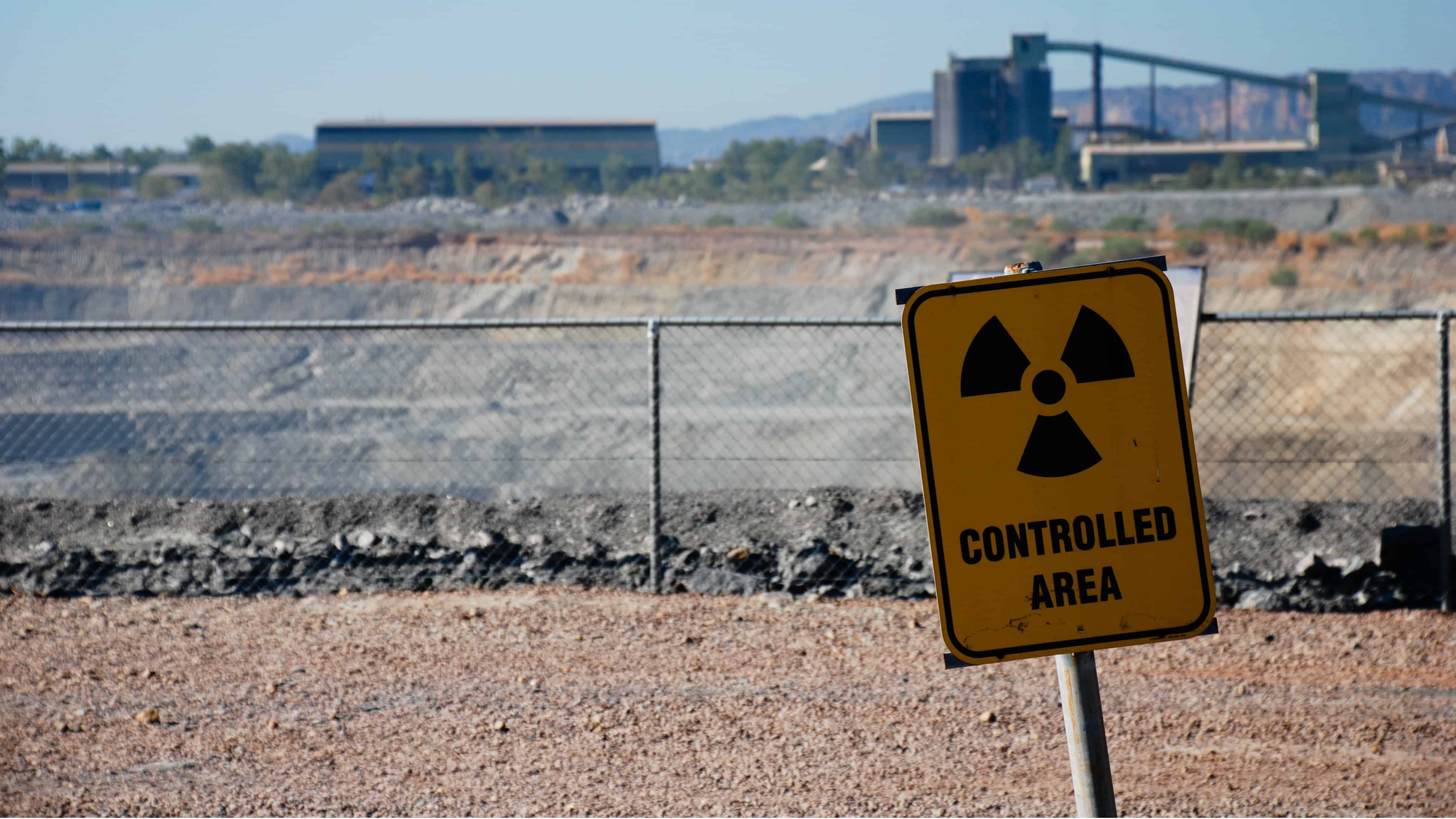For some time, pundits have been claiming that demand for uranium will grow at a decent clip, which will be a powerful tailwind for uranium miners such as Cameco (TSX:CCO)(NYSE:CCJ). Despite those pundits and industry insiders talking up the prospects for uranium for some time, very few, if any, positive events have occurred. This has left Cameco and other uranium miners to cope with operating in what has become a very challenging environment.
Now what?
Even after recovering slightly, uranium prices have started drifting lower, once again demonstrating that the radioactive metal is caught in an intractable slump that may never end. There are a wide range of reasons for this, but key is declining long-term demand because of the deteriorating popularity of nuclear power generation.
Since the 2011 Fukushima Daiichi nuclear disaster in Japan, nuclear electricity generation has once again fallen into disrepute. It is this which has triggered the current slump in uranium. While uranium bulls have contended for some time that demand can only rise as more reactors come online because of growing demand for stable carbon-free sources of electricity, these predictions thus far have failed to materialize.
In fact, the long-term outlook for uranium demand appears poor because a number of countries are moving to reduce or even eliminate nuclear electricity generation from their energy mix. An example is South Korea, which obtains around 30% of electricity from nuclear power. The East Asian nation is in the process of formulating a strategy aimed at scaling down nuclear energy, which includes putting in place tax breaks aimed at boosting natural gas power generation. President Moon Jae-in will assist in the transition from nuclear and coal-fired electricity to renewables and natural gas.
Similar initiatives are either in place or being formulated in a range of countries globally, including Japan, Switzerland, Germany, and France.
A key driver of the move away from nuclear is the falling costs of renewable sources of energy. In many cases renewables, including solar and wind, are now cheaper sources of electricity than nuclear power.
Natural gas has also made a massive splash, becoming the preferred transitional fuel for electricity generation. Not only has a massive surge in supply caused prices to tumble, but like nuclear power, and unlike solar or wind, gas-fired plants are capable of providing reliable base load power.
The primary reason for the recent spike in uranium prices was because of miners globally, including Cameco suspending operations at mines that were uneconomic to operate because of weaker prices. While that triggered doubts, notably among uranium bulls, that there would be sufficient supply to meet demand, no sustained recovery in uranium has emerged.
In fact, weaker prices and the continuing poor outlook for uranium saw Cameco announce that operations at its McArthur River mine and Key Lake mill would be suspended indefinitely. Anemic uranium prices were also the reason for Cameco’s poor second-quarter 2018 results, where the miner reported a net loss of $76 million compared to a $2 million loss a year earlier.
Because of the average realized price of uranium for the second quarter being lower than the equivalent quarter in 2017, revenue declined by 36%, and cash flow from operations was down by a worrying 56%.
For the reasons discussed, it is difficult to see any respite for Cameco emerging some time soon.
So what?
Cameco may own high-quality assets and possess a solid balance sheet, but this isn’t enough to resurrect its fortunes in a market that is undergoing fundamental change. Because of the issues relating to catastrophic failure of nuclear reactors and the disposal of harmful radioactive waste, the popularity of nuclear power is waning, especially in a world where the cost of renewable sources of energy is falling. That makes it doubtful that uranium prices will ever rally as substantially as predicted, making a recovery in Cameco’s fortunes unlikely.







